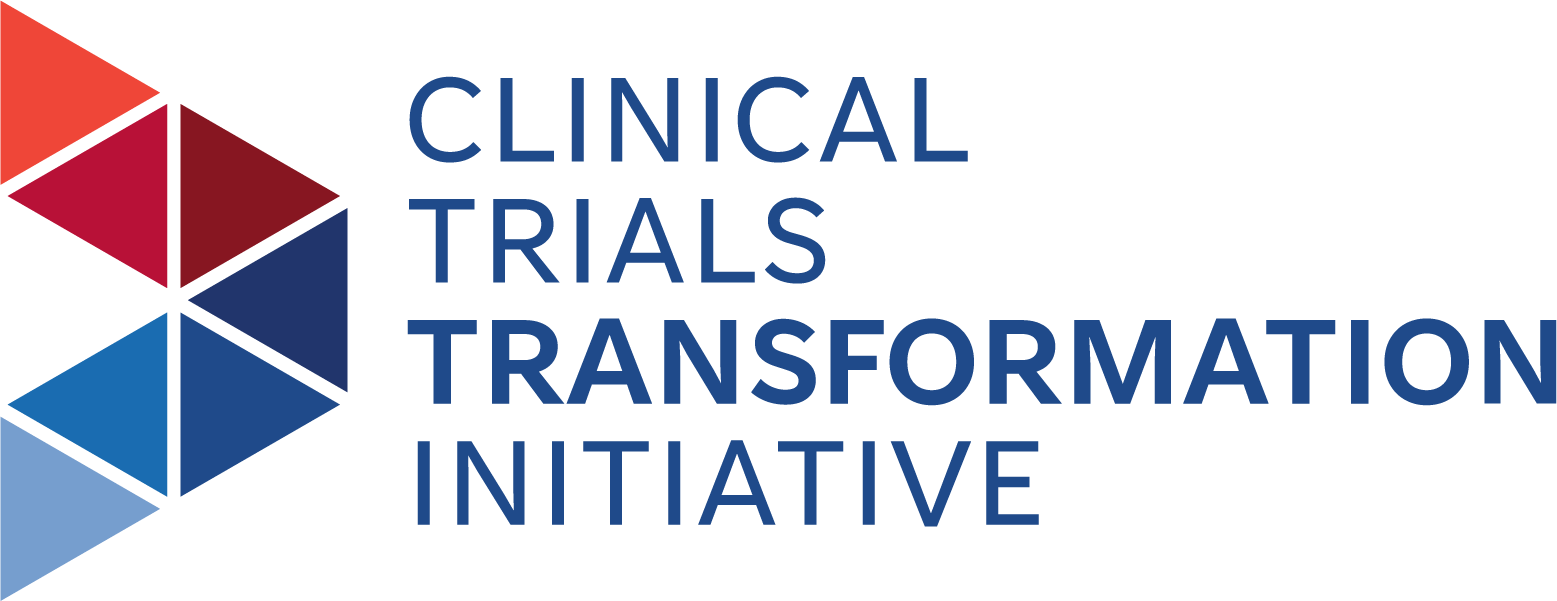PPMD Delivers Patient Preference Studies for Improved Engagement
PPMD Applies CTTI's Patient Group Engagement Recommendations
SUMMARY
As part of its mission to fight Duchenne, a fatal genetic disorder that slowly robs people
of their muscle strength, Parent Project Muscular Dystrophy (PPMD) wanted to
integrate the patient voice across the research ecosystem for Duchenne studies.
PPMD used CTTI's Patient Group Engagement (PGE) recommendations, and its "Chevron Diagram" specifically, to better engage across the full drug development continuum
through patient preference research studies.
GOAL(S)
PPMD was founded
by a small group of parents and grandparents of Duchenne patients who felt
there was more they could do to advance Duchenne research. PPMD is very active
in advocacy, but wanted to work with drug developers, clinicians and
policymakers to ensure the patient voice is at the center of all research
efforts.
CHALLENGES
There is a tendency
across drug developers to think of the patient voice in research as either 1)
something they must do per FDA guidance; 2) something that is really only
valuable for recruitment efforts; or 3) something that is not very valuable at
all. Those who do see the value
often collect market research data privately and do not share results. This
competition, says PPMD, is something that can hinder Duchenne research.
SOLUTION(S)
CTTI's PGE recommendations highlight important roles for patient groups throughout all
stages of the research process. These solutions also provide best practices
that sponsors, patient groups, and other stakeholders can use to ensure the
relationship is mutually beneficial. One tool CTTI offers in its
recommendations is its "Chevron Diagram" that shows the specific value patient groups can bring across all stages of
drug development, including discovery, phase 1-3, regulatory review, and
post-approval. This diagram was foundational to PPMD's efforts to more deeply
embed its patients into Duchenne research.
TAKING ACTION
PPMD decided to use CTTI's chevron diagram to
theoretically explore how patient preference
data could improve the clinical trials process. Patient preference research
reflects what treatment attributes matter to patients, how much these matter to
patients and how patients make trade-offs between treatment attributes. Using
an adapted version of CTTI's chevron, PPMD saw tremendous value opportunities
across the research ecosystem for these insights.
"What
we came to realize is that patient engagement needs to expand beyond just
traditional research and recruitment," said one leader at PPMD. "The next step
for patient advocates is to strengthen their portfolios with patient preference
studies or other scientific data that can guide decision-making at multiple
study phases."
For
example, a patient preference study of symptom prioritization could help with
protocol design, and that same study could also ask about meaningfulness of a
particular benefit, like slowing of disease progression, which could bring
helpful insights in regard to findings. Then, on the regulatory side, those
same insights can be used to make a case for risk/benefit ratio. There are
multiple uses across the drug development continuum.
IMPACT
With its adapted chevron diagram as a guide,
PPMD has conducted seven patient preference studies to date. PPMD hopes that as
patient groups become more sophisticated through this type of research,
companies will be more amenable to their input. "Unless you have a very good
first-hand knowledge of what is happening in the natural history of disease,
you need these insights," said one PPMD leader. "For example, we now know the
six-minute walk, while a predictor of Duchenne progression, is not terribly
meaningful to patients, but it took time to get there. We can get these
insights faster with patients embedded in the process."
ADVICE
From
PPMD's perspective, we have the benefit of learning from trials that have
failed, so we can evolve into what will work better in terms of outcomes
measures. The next step is for
sponsors to come together in a precompetitive way early on to tap into these
insights, not on a project-by-project basis, but on a therapeutic need basis.
Patient preference data should be shared -- at PPMD, all data from these studies
are fully public --- to drive faster results to the community. It is also
important to understand how to engage with the FDA as a patient community to
best support research. FDA tells stakeholders to come early, and come often -- whether you are a sponsor or a patient group, this is good advice to which adherence
is recommended.
Finally,
learn from those who are working in the same space. PPMD learned from the Cystic Fibrosis Foundation, the American Cancer
Society, and other robust patient advocacy groups. Patients are waiting for new
therapies and treatments, and that means we need to collaborate in every way
possible to avoid recreating the wheel and wasting time. The work we do
matters, so organizations should make every effort count.
ORGANIZATION
Parent Project Muscular Dystrophy
ORGANIZATION TYPE
Patient
IMPLEMENTATION DATE
2018
TOPIC
Patient Engagement
RELATED CTTI PROJECT
CTTI RESOURCES
CTTI Recommendations: Effective engagement with patient groups around clinical trials
